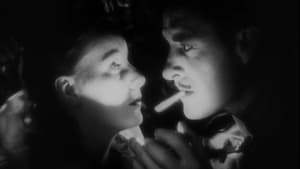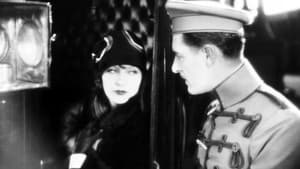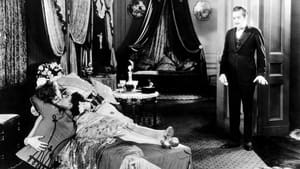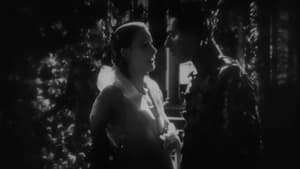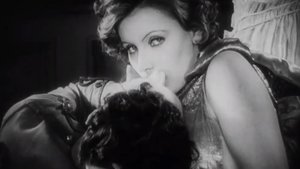Video Sources 0 Views
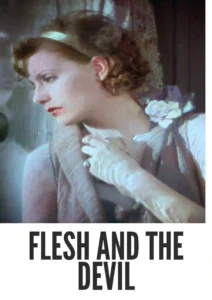
Synopsis
Experience Flesh and the Devil (1926) Like Never Before!

Step back in time and immerse yourself in the captivating world of Flesh and the Devil, the 1926 silent romantic drama that ignited the screen with its passionate performances and timeless story. Now, for the first time, experience this cinematic masterpiece in breathtaking colorized HD. This meticulously restored version breathes new life into a classic, allowing you to witness the smoldering chemistry between Greta Garbo and John Gilbert as never before. A must-have for classic film enthusiasts and digital collectors alike, this vintage cinema treasure is ready to download and own today!
A Timeless Tale of Love and Friendship
Flesh and the Devil tells the story of Leo von Harden (John Gilbert) and Ulrich von Eltz (Lars Hanson), two lifelong friends whose bond is tested by the alluring Felicitas von Kletzingk (Greta Garbo). Set against the backdrop of Germany, their friendship is challenged when Leo becomes entangled in a passionate affair with Felicitas, the wife of a powerful count.
From Childhood Friends to Bitter Rivals
When the Count discovers the affair, he challenges Leo to a duel, resulting in the Count’s death and Leo’s exile to Africa. Before leaving, Leo entrusts Ulrich to care for Felicitas, unaware that Ulrich will fall in love with her and eventually marry her. Upon Leo’s return, he finds himself torn between his love for Felicitas and his loyalty to Ulrich, leading to a tragic love triangle and a climactic confrontation that will change their lives forever.
The Stars Align: The Cast of Flesh and the Devil
- Greta Garbo as Felicitas von Kletzingk
- John Gilbert as Leo von Harden
- Lars Hanson as Ulrich von Eltz
- Barbara Kent as Hertha von Eltz
- William Orlamond as Uncle Kutowski
- George Fawcett as Pastor Voss
A Genre-Defining Romantic Drama
Flesh and the Devil is a quintessential silent romantic drama, showcasing the power of visual storytelling and the raw emotion that can be conveyed without spoken words. The film’s exploration of love, friendship, and betrayal resonates even today, solidifying its place as a timeless classic. The alternative title in Germany was Es war. In the Netherlands, the movie was released as Het onsterfelijk verleden .
A Glimpse into the Roaring Twenties
Released in 1926, Flesh and the Devil offers a fascinating glimpse into the cultural and social landscape of the Roaring Twenties. The film’s themes of forbidden love and societal expectations challenged the conventions of the time, making it a groundbreaking work of cinema44. Flesh and the Devil was selected for preservation in the United States National Film Registry by the Library of Congress in 2006, as a film deemed “culturally, historically, or aesthetically significant”.
Reviving a Classic: The Colorization Process
Our team of experts has painstakingly colorized Flesh and the Devil, using state-of-the-art technology to bring a new dimension to this beloved film. Every scene has been carefully enhanced, with colors chosen to reflect the original artistic vision and historical accuracy43. This colorized version allows you to appreciate the film’s stunning visuals in a way that was never before possible, bridging the gap between classic cinema and modern viewing experiences48.
Experience the Passion in HD
This download offers Flesh and the Devil in stunning high definition, ensuring that every detail is crisp and clear. Whether you’re watching on a large screen TV or a mobile device, you’ll be captivated by the film’s visual beauty.
Technical Details
Download Details
- Download Format: MP4
- Resolution: 1080p HD
- Compatibility: Compatible with all major devices and platforms
Download Flesh and the Devil (1926) today and rediscover a timeless masterpiece in stunning colorized HD!



